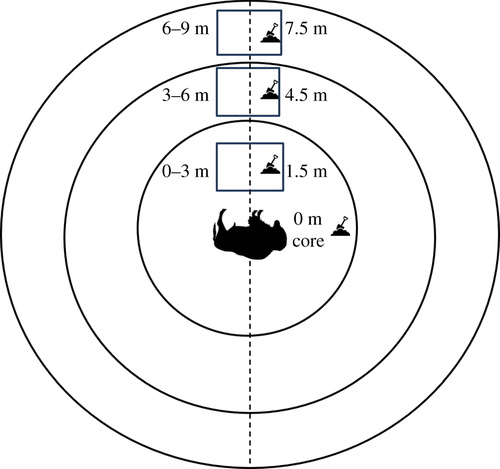
BLACKBURN, RYAN, URIBASTERRA, WALKER – Ungulate use of locally infectious zones in a re-emerging anthrax risk area
Morgan A. Walker, Maria Uribasterra, Valpa Asher, José Miguel Ponciano, Wayne M. Getz, Sadie J. Ryan, and Jason K. Blackburn
Article first published online: 21 OCT 2020 Royal Society Open Access
DOI: 10.1098/rsos.200246
ABSTRACT: Environmentally mediated indirect pathogen transmission is linked to host movement and foraging in areas where pathogens are maintained in the environment. In the case of anthrax, spores of the causative bacterium Bacillus anthracis are released into the environment following host death and create locally infectious zones (LIZs) around carcass sites; by grazing at LIZs, herbivores are potentially exposed to spores. Here, we used camera traps to assess how ungulate species use carcass sites in southwestern Montana and evaluated how these behaviours may promote indirect anthrax transmission, thus providing, to our knowledge, the first detailed documentation and study of the fine-scale mechanisms underlying foraging-based disease transmission in this ecosystem. We found that carcasses at LIZs significantly increased aboveground biomass of vegetation and concentrations of sodium and phosphorus, potentially making these sites more appealing to grazers. Host behavioural responses to LIZs varied depending on species, sex, season and carcass age; but, overall, our results demonstrated that carcasses or carcass sites serve as an attractant to herbivores in this system. Attraction to LIZs probably represents an increased risk of exposure to B. anthracis and, consequently, increased anthrax transmission rates. Accordingly, continued anthrax surveillance and control strategies are critical in this system.
Read the full publication at Royal Society Open Access